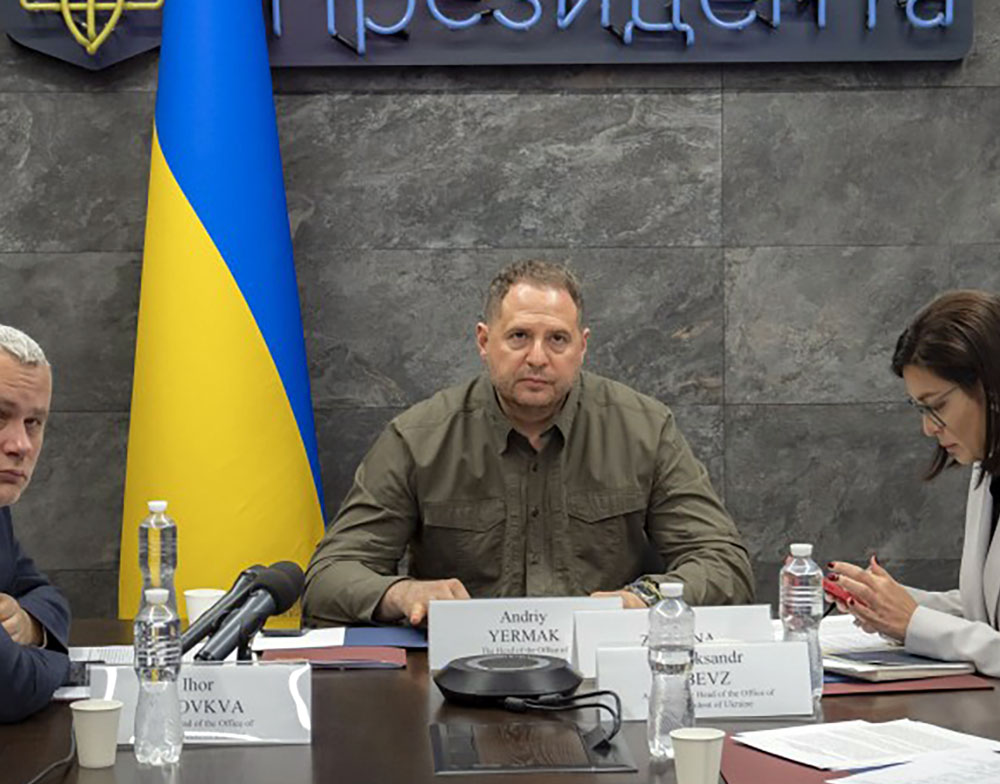Le Monde: Obama held back on Ukraine, Biden hesitated, now Trump embraces Putin

A dramatic UN vote back on 24 February exposed a widening rift between the United States and Europe over Russia’s war in Ukraine, with US President Donald Trump aligning with Moscow and leaving key allies blindsided, according to Le Monde columnist Sylvie Kauffmann.
A decade of hesitation: From Crimea to full-scale war
According to the Le Monde article, the fracture did not begin with Trump. In 2014, during Russia’s seizure of Crimea, then-President Barack Obama reportedly sent a message to Kyiv discouraging resistance, offering no military support. Ukrainian soldiers surrendered without a fight. In 2023, Obama defended his actions, arguing that Crimea’s Russian-speaking majority made a different response impractical.
In 2022, President Joe Biden attempted to prevent a full-scale invasion, sending warnings to both European allies and Ukraine. Vice President Kamala Harris privately warned Zelenskyy at the Munich Security Conference on 19 February. According to Bob Woodward’s 2024 book War, Zelenskyy responded with frustration: “If I acknowledge it… will you impose sanctions?” Harris said punishment would come only after the crime.
Trump’s return and the clash at the UN
With Trump back in office in January 2025, the United States took a starkly different stance. On 21 February, US chargé d’affaires Dorothy Shea informed French and British ambassadors that the US was asking Ukraine to withdraw its draft UN resolution condemning Russian aggression. Instead, the US proposed its own resolution focused on “peace rather than war.” Shea confirmed that this had been discussed with Russia in advance.
Biden, Obama, Trump: Different presidents, same Russian reset trap
The reaction from European diplomats was one of betrayal. In crisis talks, they rallied to defend Ukraine’s draft and split responsibilities: Britain would lead at the Security Council, France at the General Assembly. The French introduced amendments emphasizing territorial integrity—rejected by the US—but Ukraine’s version passed, while the US abstained on its own resolution.
At the Security Council, the US voted alongside Russia and China. The five European members abstained.
Zelenskyy ambushed in Washington
On 28 February, Ukrainian President Volodymyr Zelenskyy faced a confrontational meeting with Trump and Vice President JD Vance. According to European sources cited by Le Monde, the exchange was heated, with Trump accusing Ukraine of starting the war and calling Zelenskyy a dictator. Days earlier, Macron and Starmer had met Trump with the aim of calming tensions.
Biden’s regrets and limits
Despite his support for military aid to Ukraine post-2022, Biden was reportedly frustrated with the Obama administration’s failures. “They f**cked up in 2014,” he told a friend, as cited in Woodward’s book. Yet even Biden was constrained.
According to an official cited by Le Monde, Biden’s fear of nuclear escalation led advisors to avoid presenting options that might provoke Russia. This hesitation disheartened Ukrainian officials and alienated committed Europeans.
Biden calls Trump’s Ukraine policy modern-day appeasement of Russia
The transatlantic “divorce” finalized
Le Monde says that the 24 February 2025 UN vote “sealed the divorce” of the US and Europe. From Obama’s caution, to Biden’s hesitations, to Trump’s overt realignment with Russia, Ukraine has been left to Europe. The US no longer sees Ukraine as vital, while Europe faces an existential threat. A new era in Western diplomacy has begun—and it may be one without America.
